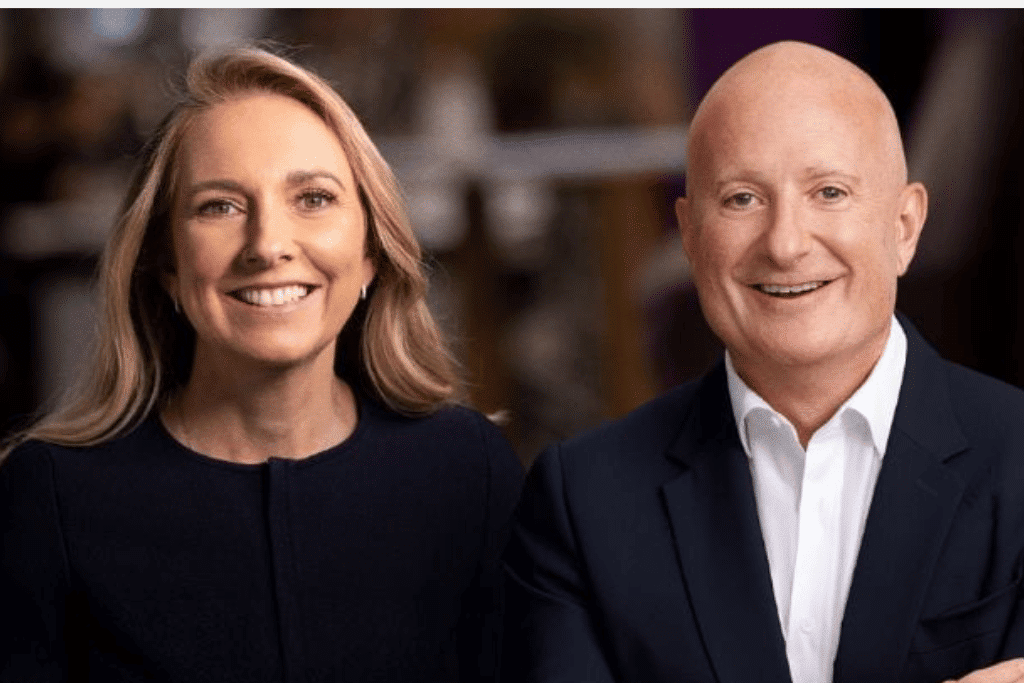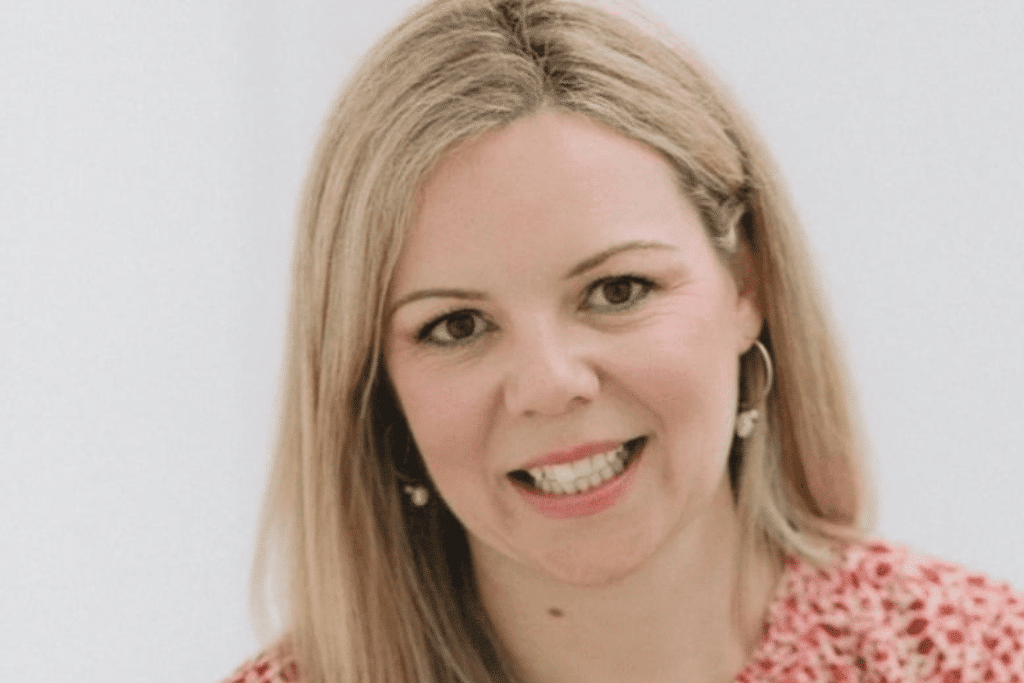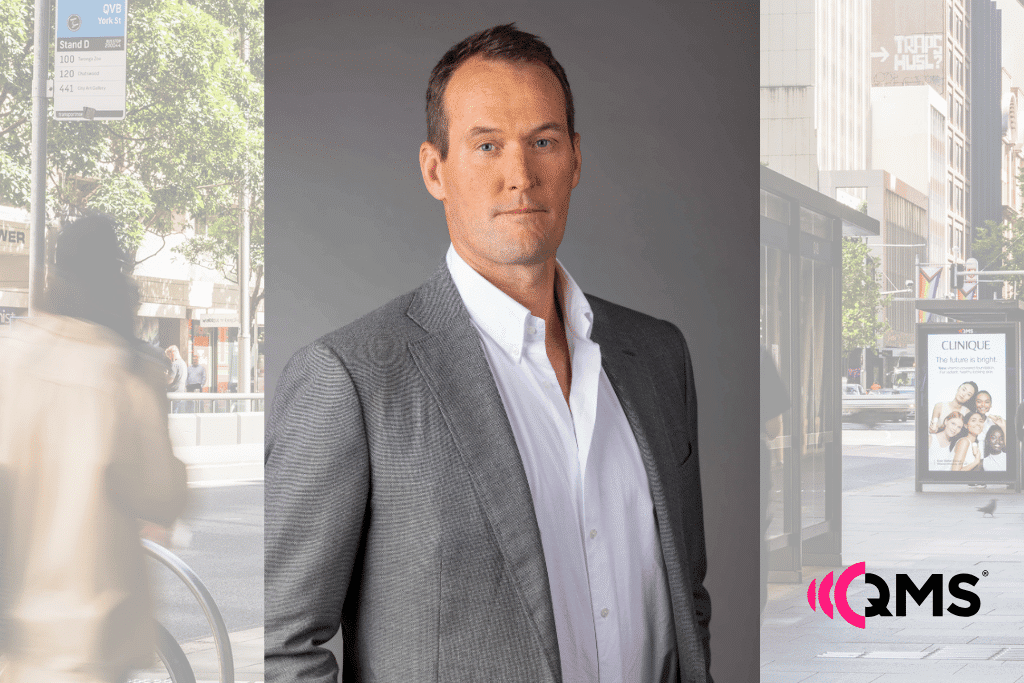
With 62 per cent of our workforce female, there’s no shortage of incredible talent in the pipeline for the C-suite. So what’s holding them back? Hatched GM Rebecca Den Braber asks the question.
The WGEA’s release of gender pay gap data left many in the industry confused. With an increased focus, in recent years, on creating better working conditions for women, it was disappointing to learn there’s still a long way to go.
Much of the confusion stemmed from the difference between equal pay and the gender pay gap. So, let’s clear that up. Equal pay means we’re paying men and women who do the same jobs equally. For example, I’m a GM so I get paid the same in this role as a male GM would. But that’s nothing to pat yourself on the back for because it’s a legal requirement.
The gender pay gap is a whole different scenario, as it’s measured by the average difference between the earnings for men and women who are working. You might have a 65 per cent female workforce but if you have a largely male executive leadership team on remuneration packages that are structured differently to everybody else, you’re going to have a pay gap.
Beyond the confusion about this is a much larger question that needs to be spoken about. That is, why aren’t there more women nudging into leadership roles at the top end of the business? Why don’t we have more female CEOs, CFOs and COOs in our industry? Aren’t women attracted to those roles?
According to the MFA Census, 62 per cent of our industry is female yet according to the Advertising Council of Australia’s Create Space Report, only 15 per cent of women in adland are over 45. Given the size of the available pool, it’s little surprise, then, that when it comes to the absolute top jobs, you can count on one hand the number of women. And our industry isn’t alone.
According to research by accounting firm Grant Thornton, last year, 28 per cent of CEOs globally were female. In 2024, that number has fallen to 19 per cent. The research also found that overall, the share of women in senior management has increased to 32 per cent – but up only half a percentage point on the year prior.
Recently we’ve seen several high-profile women stepping down from their roles. Last year, Kelly Bayer Rosmarin gave up her post at Optus. Jayne Hrdlicka announced she was departing Virgin Australia and YouTube CEO Susan Wojcicki is stepping down after nine years in the role. It’s a bit demoralising given the dearth of female CEOs in the first place.
Timing issues
If we reflect on the lives of women in the frame for these sorts of roles, they are generally in their mid-to-late 40s or 50s and at the peak of a very impressive career. At that stage, it’s almost paradoxical because, on the one hand, you start to gain more wisdom, freedom, and a lot more confidence. On the flip side, you’re also starting to go through changes that come with this life stage.
Yep, we’re talking perimenopause and menopause, a topic rarely spoken about. Yet it can have such a big impact on how you deal with stress, memory, and general physical well-being, all of which need to be in check to perform at the top leadership level.
The former CEO of PepsiCo Indra Nooyi has said about women and careers, “The biological clock and the career clock are in total conflict with each other”. Although she was referring to the child-raising years, that statement seems to apply through all stages of a woman’s life.
This never-ending conflict is why I believe women today are simply not willing to trade off their mental health or general well-being to take on the top jobs. The long hours, the stress, and the expectations to perform at all odds – it doesn’t seem worth it.
Hybrid CEO?
If this is where we are now, we need to think about future generations, especially with the growing expectation of hybrid working and working from home.
As young women enter the workforce, they are experiencing a level of flexibility those before them did not. When the time comes for them to start families, this will be a blessing. But as they progress through their careers, it will further reduce the pipeline for female leaders as they go through the same cycle of realisation seeing what they will have to sacrifice in exchange for these jobs. After all, did you ever see a CEO position advertised as hybrid?
So, what’s the answer?
The role of the CEO needs a shake-up. Everything else has gone through some kind of evolution, and running a business today is not like what it was 15 years ago. It’s time to reconsider what it takes to lead a company, to be able to do great work while protecting our health and making sure family is prioritised.
Why can’t you run a successful business with a CEO at the helm who can have a work-life balance? Those two things can coexist but to get there, a cultural shift is required.
There are pockets of hope in our industry that suggest we could pave the way. I’ve recently seen senior male leaders say no to opportunities if it means unnecessary pressure on the business. Or leaders who ask to shift the time of a pitch meeting so they don’t miss out on seeing their child receiving an award at school.
Sian Whitnall and Laura Nice as co-CEOs of OMD are a brilliant example of change in action. Five or 10 years ago, a co-CEO role was as unheard of as the boss rescheduling a pitch for family reasons. In the adland of old, that would have left people questioning if you had your priorities right.
But taking a stance is important because it normalises the behaviour for other people in the organisation. It allows them to prioritise family life and general well-being over work, which is what women – and I believe men – want.
If we do want more women to be attracted into executive positions, we need to evolve and modernise the C-suite.
I do see change. I do see that it is possible. But just like the gender pay gap, as an industry, there’s a long way to go.
Article originally published on Mi3 23rd April 2024.
CONTINUE READING
Related Articles
Here’s a selection of additional articles that may interest you. If there are industry news items, opinions or learning resources you’d like to see here, let us know.










